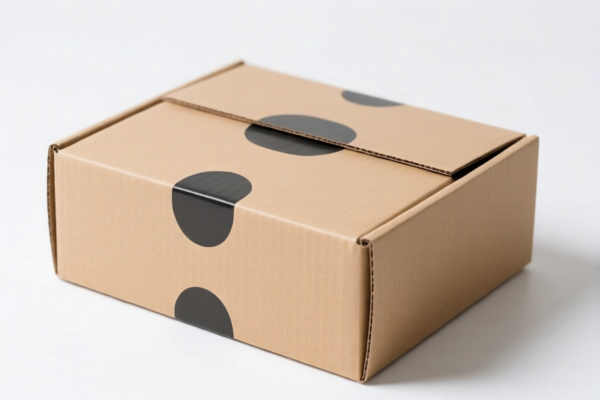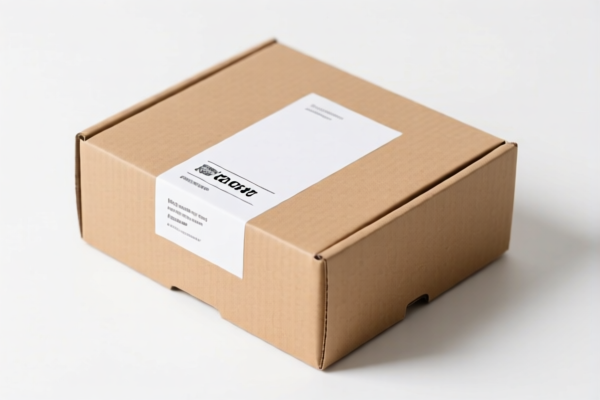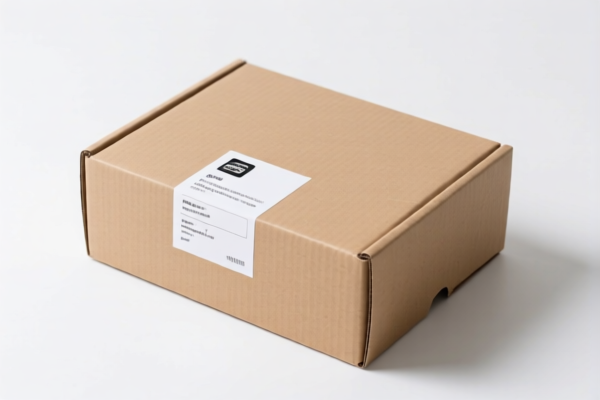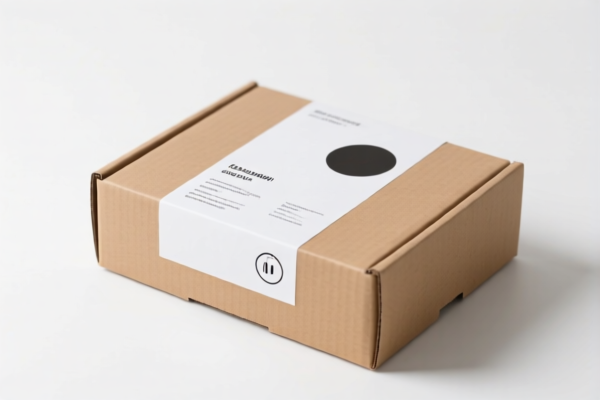| HS Code | Official Doc | Tariff Rate | Origin | Destination | Effective Date |
|---|---|---|---|---|---|
| 4819100020 | Doc | 55.0% | CN | US | 2025-05-12 |
| 4819100040 | Doc | 55.0% | CN | US | 2025-05-12 |
| 4819200020 | Doc | 55.0% | CN | US | 2025-05-12 |
| 4819200040 | Doc | 55.0% | CN | US | 2025-05-12 |




Okay, let's break down the HS codes you've provided for your "PAPER PACKAGING BOX" declaration. I'll give you a detailed explanation of each, including the meaning of the code segments and important considerations for import.
Understanding HS Codes – A Quick Primer
HS codes (Harmonized System codes) are internationally standardized codes used to classify traded products. They are crucial for determining tariffs, taxes, and import regulations. The more specific the code, the more accurate the classification and the fewer issues you'll encounter at customs.
Here's a breakdown of each HS code you provided:
1. HS Code: 4819.10.00.20 – Cartons, boxes and cases, of corrugated paper or paperboard – Sanitary food and beverage containers
- 48: Chapter 48 – Paper or paperboard; articles of paper pulp, paper or paperboard. This broadly covers products made from paper.
- 19: This section specifically deals with cartons, boxes, cases, bags, and other packing containers, as well as box files and similar items.
- 10: This further specifies corrugated paper or paperboard packaging.
- 00: Indicates the product is specifically for sanitary food and beverage containers.
- 20: This is a further sub-division, providing even more detail.
Tax Details:
- Basic Duty: 0.0%
- Additional Tariff: 25.0%
- Post April 2, 2025 Additional Tariff: 30.0%
- Total Tax: 55.0%
Important Notes:
- Corrugated vs. Non-Corrugated: The distinction between corrugated and non-corrugated is very important. Corrugated paper has the wavy inner layer for strength.
- Sanitary Food/Beverage: This classification implies the packaging is designed for direct contact with food or beverages. Ensure your packaging meets relevant food safety standards (e.g., FDA compliance if importing into the US).
2. HS Code: 4819.10.00.40 – Cartons, boxes and cases, of corrugated paper or paperboard – Other
- 48, 19, 10: Same as above – corrugated paper/paperboard packaging.
- 40: This sub-division covers all other corrugated paper/paperboard packaging not specifically for sanitary food/beverage containers.
Tax Details: Same as 4819.10.00.20 (55.0% total tax)
Important Notes:
- Usage: This code is for packaging used for general purposes, not direct food contact.
3. HS Code: 4819.20.00.20 – Folding cartons, boxes and cases, of non-corrugated paper or paperboard – Sanitary food and beverage containers
- 48, 19, 20: This section covers folding cartons, boxes, and cases made from non-corrugated paper or paperboard.
- 00: Further specifies the product.
- 20: Specifically for sanitary food and beverage containers.
Tax Details: Same as above (55.0% total tax)
Important Notes:
- Folding Cartons: These are typically pre-cut and folded for easy assembly.
- Non-Corrugated: This means the paper/paperboard is a single layer or multiple layers without the wavy inner structure.
4. HS Code: 4819.20.00.40 – Folding cartons, boxes and cases, of non-corrugated paper or paperboard – Other
- 48, 19, 20: Non-corrugated folding cartons, boxes, and cases.
- 40: Covers all other non-corrugated folding cartons not for sanitary food/beverage containers.
Tax Details: Same as above (55.0% total tax)
Important Notes:
- General Use: This code is for packaging used for non-food applications.
Recommendations & Key Considerations:
- Material Verification: Double-check the material composition of your packaging. Is it truly corrugated or non-corrugated? This is the most common point of classification disputes.
- Intended Use: Is the packaging specifically designed for sanitary food/beverage contact? If so, ensure you have documentation to support this claim (e.g., food safety certifications).
- Single vs. Multiple Layers: If it's non-corrugated, is it a single layer or multiple layers?
- Value Declaration: Ensure the declared value is accurate. Customs will scrutinize values to prevent undervaluation.
- Country of Origin: Confirm the correct country of origin.
- 2025 Tariff Changes: Be aware of the additional tariff increases scheduled for April 2, 2025.
- Certifications: Depending on the destination country, you may need certifications related to paper sourcing (e.g., FSC certification for sustainable forestry) or food safety.
Disclaimer: I am an AI assistant and cannot provide definitive customs rulings. This information is for general guidance only. It is highly recommended to consult with a licensed customs broker or the customs authority in your destination country for accurate classification and compliance advice. They can review your specific product details and provide a binding ruling.
Customer Reviews
The page was very informative, but I wish there was a quick summary of all four HS codes at the top instead of reading through the whole breakdown. Still, it was worth it.
I found the difference between corrugated and non-corrugated packaging very clear. The information about folding cartons and their classification was spot-on.
The detailed tariff breakdown for 4819.20.00.40 was very helpful. I wasn't aware of the 2025 tariff changes, so this saved me from a potential issue.
Great breakdown of HS Code 4819.10.00.20. The explanation about corrugated paper and sanitary food containers was exactly what I needed for my packaging business.